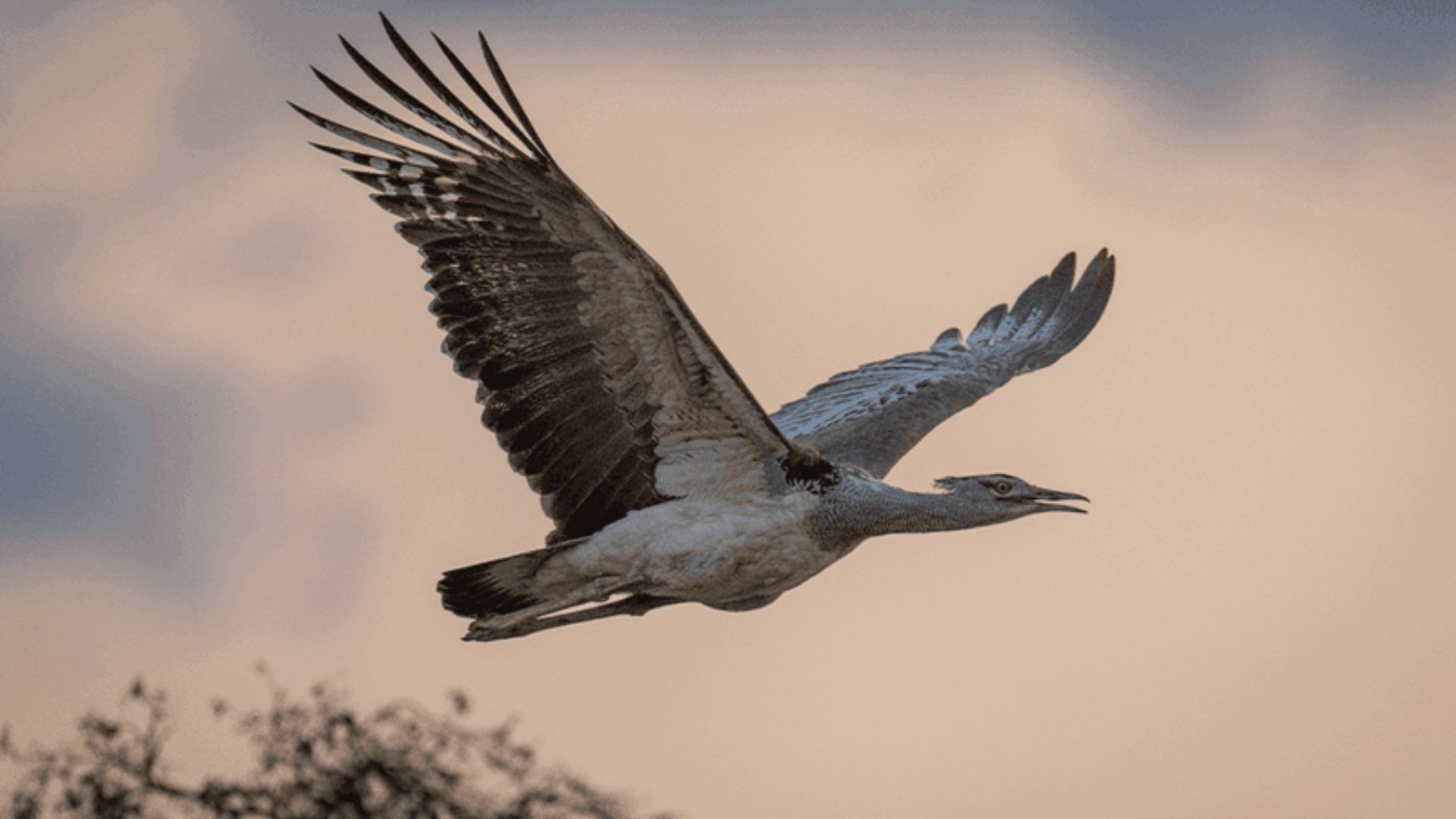Exploring the grandest aviators of the sky, today we’ll explore the world’s 10 largest flying birds.
From expansive wingspans to impressive weights, these birds showcase the marvels of nature’s design. Join us as we journey through the skies to meet these feathered giants.
1. Wandering Albatross
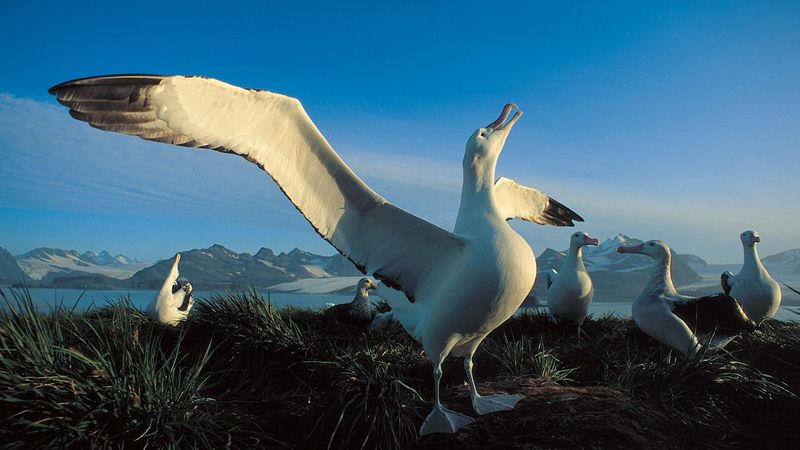
The Wandering Albatross is famed for having the longest wingspan of any living bird, with lengths reaching up to 12 feet. These magnificent birds glide gracefully over the Southern Ocean, utilizing wind currents with minimal effort. Their ability to cover great distances without flapping their wings is truly remarkable.
Albatrosses spend most of their lives flying over the open sea, only coming to land primarily to breed. They are known to travel thousands of miles in a single journey, exhibiting an impressive range of up to 75,000 miles annually.
This long-range flight capability supports their feeding habits, primarily consisting of squid and fish.
Breeding pairs are monogamous, often mating for life. The courtship displays of Wandering Albatrosses are elaborate, involving synchronized dances and calls.
These rituals strengthen pair bonds, essential for the challenging task of raising their young in remote island nesting sites. Conservation efforts are crucial, as bycatch in fishing operations poses significant threats to these birds.
Their serene gliding and striking appearance with pure white feathers and contrasting black wingtips make the Wandering Albatross a symbol of freedom and awe. Bird enthusiasts and sailors alike hold a deep sense of admiration for this extraordinary avian navigator.
2. Andean Condor
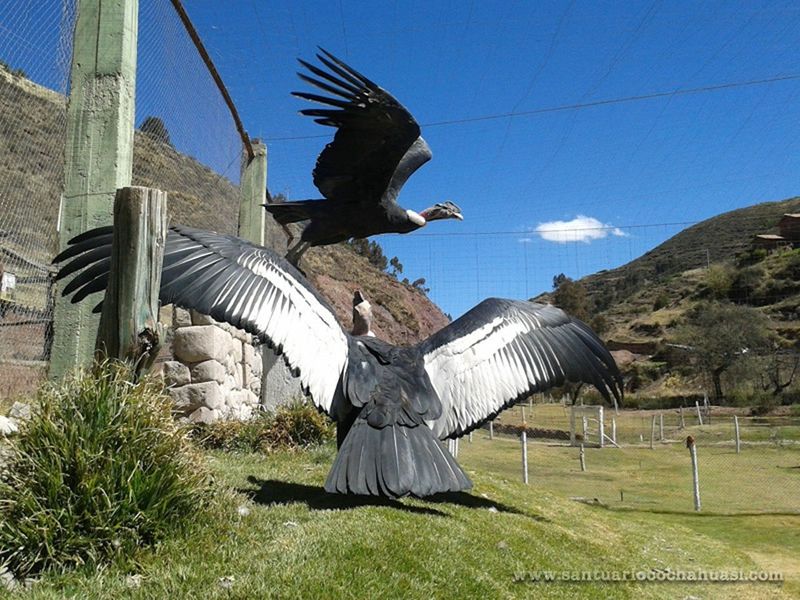
The Andean Condor, native to South America’s Andes Mountains, holds the title of the world’s largest flying bird by wingspan and weight.
Male condors can weigh over 30 pounds and boast wingspans extending up to 10.5 feet. Their adaptation to high altitudes is evident as they soar effortlessly over rugged terrains.
Condors are primarily scavengers, feeding on carrion. Their keen eyesight allows them to spot carcasses from great distances. This diet plays a pivotal role in the ecosystem, as it helps in maintaining environmental balance by disposing of dead animal matter.
Social creatures, Andean Condors are known for their complex social structures. They roost in large groups on cliffs, where they engage in communal activities. Their courtship rituals involve elaborate displays, where males showcase their strength and vitality to attract mates.
Conservation of Andean Condors is critical, as they face threats from habitat loss and poisoning from carcasses laced with pesticides.
Efforts are underway to protect these majestic birds, ensuring that future generations can witness their grandeur. Observing an Andean Condor in flight, with its vast wingspan gracefully cutting through the air, is a sight that imbues a sense of wonder and respect.
3. Dalmatian Pelican
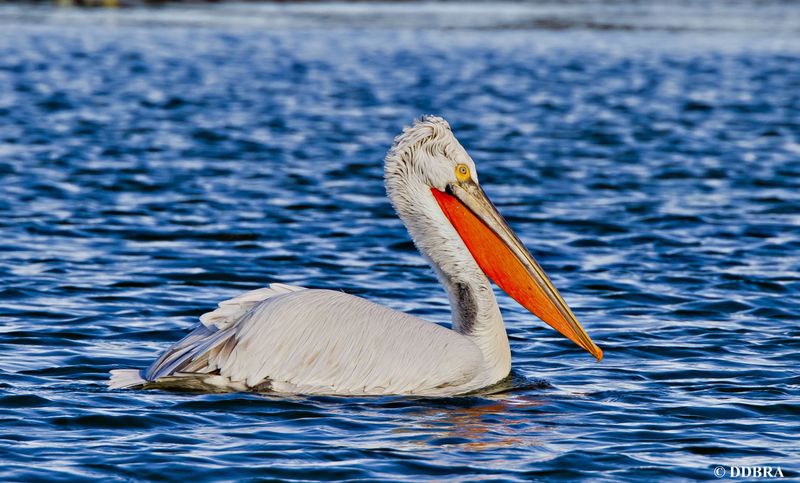
The Dalmatian Pelican stands out as one of the largest flying birds and the heaviest pelican species. With a wingspan reaching 11 feet, these birds are a spectacle in flight. Their presence is marked by large, bulky bodies and a unique appearance characterized by curly nape feathers and a massive bill.
These pelicans are typically found in wetlands and freshwater lakes across Europe and Asia. They are social birds, often seen in flocks, and communicate through a variety of vocalizations and displays. Dalmatian Pelicans primarily feed on fish, which they catch using their expansive bills as scoops.
During the breeding season, these pelicans exhibit fascinating behaviors. They build large nests in secluded areas, and both parents share in incubating the eggs and caring for their chicks. The chicks are fed regurgitated fish until they can hunt independently.
Conservation efforts are essential for Dalmatian Pelicans, as habitat destruction and pollution pose significant threats.
Protected areas and breeding programs aim to support their population recovery. Seeing a Dalmatian Pelican in flight, with its elegant silhouette against the sky, is a reminder of the grandeur and diversity of avian life.
4. Great White Pelican
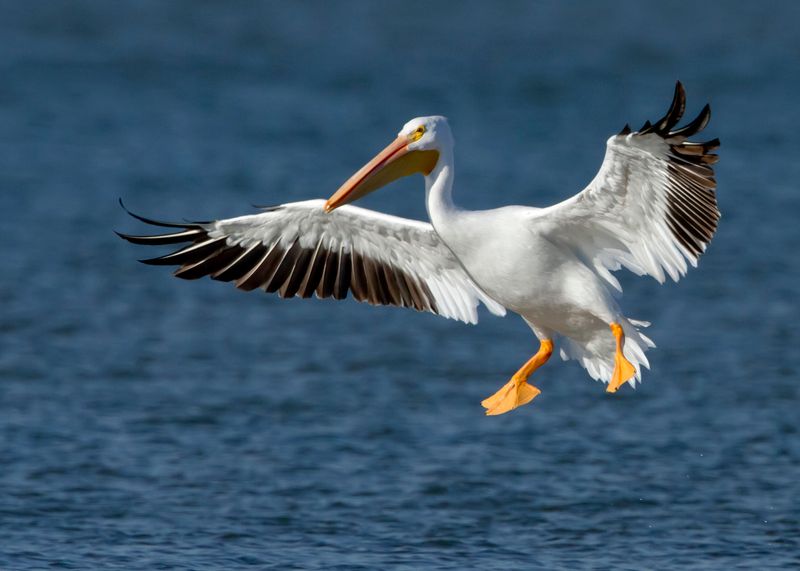
The Great White Pelican is a bird of remarkable size and beauty, found across Africa, Europe, and parts of Asia. Known for their expansive wingspread of up to 12 feet, these pelicans are truly a sight to behold as they take to the skies.
These pelicans thrive in shallow lakes and wetlands, where they exhibit cooperative feeding behaviors. Often seen working together, they form a line to herd fish into shallow waters for easy capture. This teamwork is a cornerstone of their survival strategy, highlighting their social nature.
Breeding colonies of Great White Pelicans are bustling with activity. Nesting occurs in large, noisy groups, where both parents participate in rearing the young.
The chicks are dependent on their parents for food, receiving regurgitated fish until they are capable of hunting.
Protection of their habitats is crucial, as water pollution and habitat encroachment threaten their existence.
Conservation programs focus on preserving wetland environments and managing water resources. Observing a flock of Great White Pelicans in flight, their synchronized movements creating an elegant dance, is an unforgettable experience that underscores the importance of preserving these majestic birds.
5. Kori Bustard
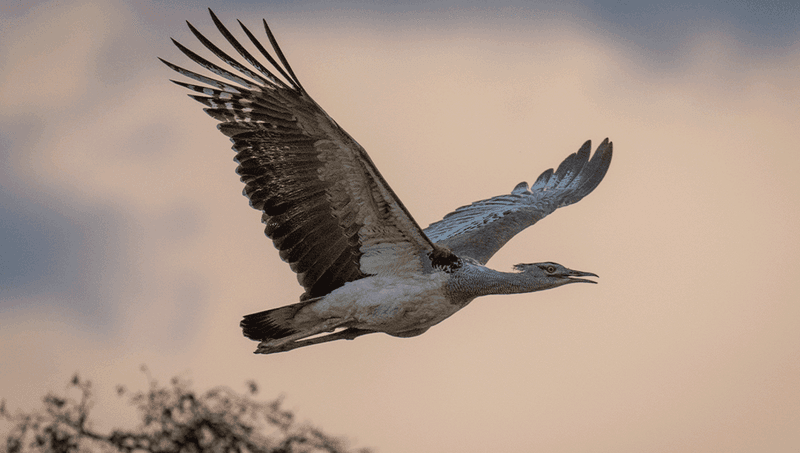
The Kori Bustard is an extraordinary bird, known as the heaviest flying bird native to Africa. Males can weigh up to 40 pounds, and although their wingspans are not the largest, their impressive bulk makes them a unique avian marvel.
These terrestrial birds inhabit open savannas and grasslands, where they forage for seeds, insects, and small vertebrates. Their feeding habits are opportunistic, and they are known to follow large herbivores, taking advantage of disturbed insects and plants.
Courtship displays by male Kori Bustards are a spectacular sight. They inflate their throat sacs and lift their tails and wings, creating an impressive visual performance to attract females. These displays occur during the breeding season and are crucial for successful mating.
Conservation challenges for Kori Bustards include habitat destruction and hunting. Efforts are made to protect their environments and control poaching activities.
Watching a Kori Bustard take flight from the savanna, its massive body lifting gracefully into the air, offers a glimpse into the adaptability and strength of these remarkable birds.
6. Lappet-faced Vulture
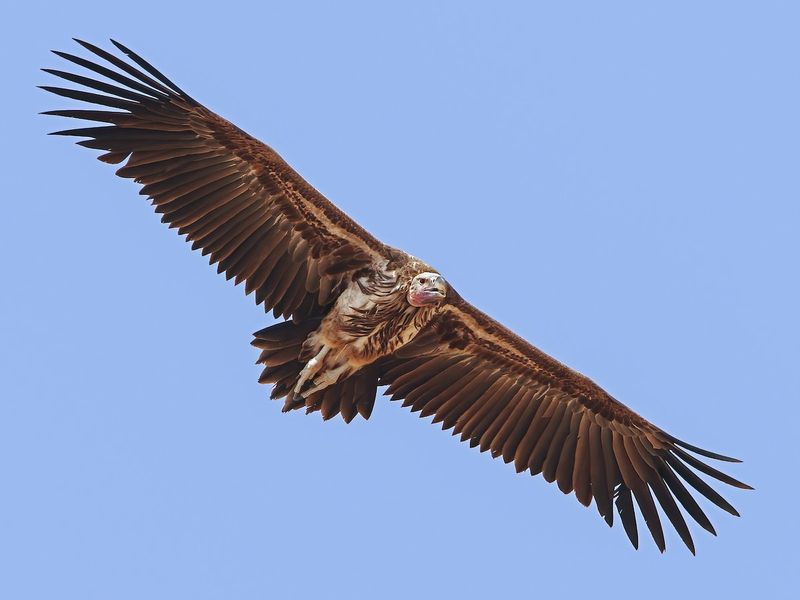
The Lappet-faced Vulture is one of Africa’s largest and most powerful vultures. With a wingspan extending up to 9.5 feet, these birds dominate the skies over arid savannas and deserts. Their striking appearance includes a featherless head and a robust body adapted for scavenging.
As scavengers, Lappet-faced Vultures play a crucial role in their ecosystem. They feed on carrion, preventing the spread of disease by consuming dead animals.
Their powerful beaks allow them to tear through tough hides, accessing nutrients inaccessible to other scavengers.
Social behavior among these vultures is fascinating. They are often seen in groups around carcasses, engaging in competitive feeding. Their dominance in the scavenger hierarchy is evident as they often arrive first at a kill, driving off smaller vultures.
Conservation of Lappet-faced Vultures is vital, as they face threats from poisoning and habitat loss. Initiatives focus on reducing poisoning incidents and protecting their habitats.
Observing a Lappet-faced Vulture in flight, its dark wings casting a shadow on the land below, is a powerful reminder of the balance and intricacy within nature’s design.
7. Cinereous Vulture
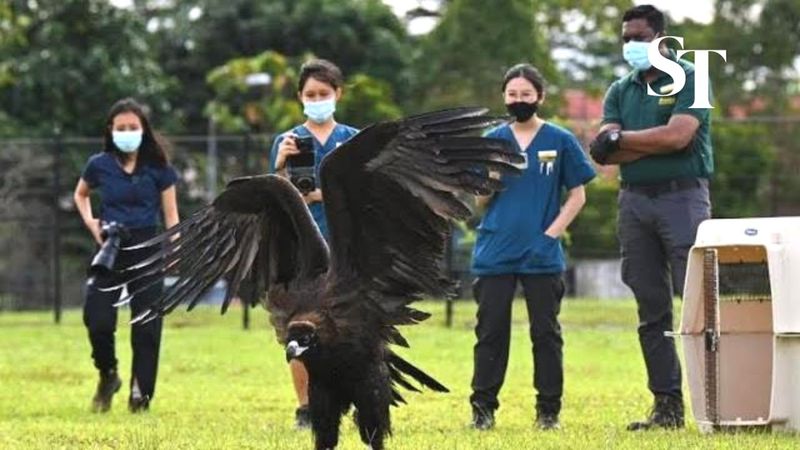
The Cinereous Vulture, also known as the Eurasian Black Vulture, is among the largest and most majestic vultures. With wingspans reaching up to 10 feet, these birds are formidable gliders, often seen soaring over remote mountains and forests in Europe and Asia.
These vultures feed primarily on carrion, playing a vital role in the ecosystem by cleaning up carcasses and preventing the spread of disease. Their powerful beaks and large size enable them to dominate at feeding sites, ensuring they have access to necessary resources.
Breeding behavior of the Cinereous Vulture involves constructing large nests high in trees or on cliff edges. These nests are often reused for several years, with both parents sharing the responsibility of incubating the eggs and raising the chicks.
Conservation efforts are critical for the Cinereous Vulture, as they face threats from habitat destruction and poisoning.
Protective legislation and habitat restoration projects aim to secure their future. Witnessing a Cinereous Vulture in flight, its broad wings cutting through the sky, offers a glimpse into the strength and elegance of these incredible birds.
8. Marabou Stork
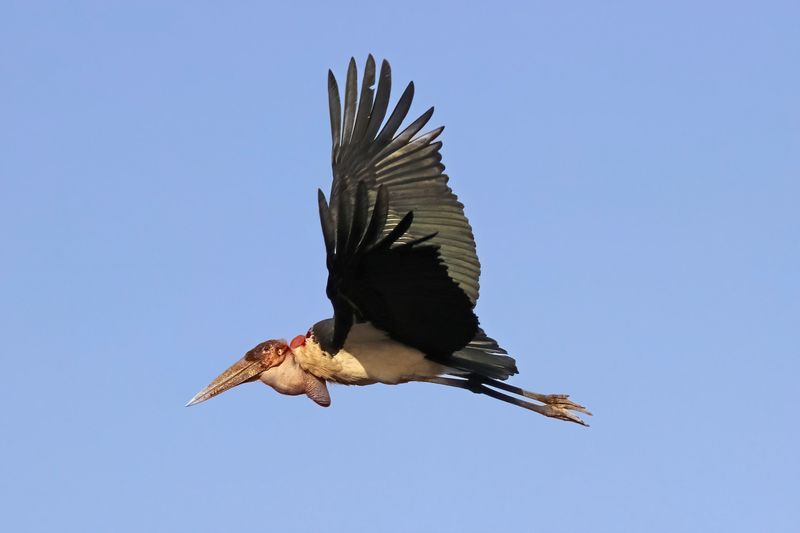
The Marabou Stork is a striking and large bird found across sub-Saharan Africa. Known for its imposing stature, these storks have wingspans reaching over 10 feet, making them one of the largest flying birds.
Marabou Storks are often associated with scavenging, as they feed on carrion and human refuse. Their bald heads and necks are adaptations for this lifestyle, allowing them to feed without soiling their feathers.
Despite their unsavory diet, they play a crucial role in the ecosystem by helping with waste disposal.
These storks are highly social, often seen in large groups near water bodies or human settlements. Their breeding colonies are equally communal, with noisy gatherings where pairs engage in courtship rituals involving bill clattering and neck pouch displays.
Conservation of Marabou Storks focuses on mitigating habitat loss and ensuring sustainable waste management practices.
Their presence is a reminder of the interconnectedness of natural and human environments. Observing a Marabou Stork in flight, its expansive wings casting an impressive silhouette against the African sky, is a testament to the bird’s adaptability and ecological importance.
9. Royal Albatross
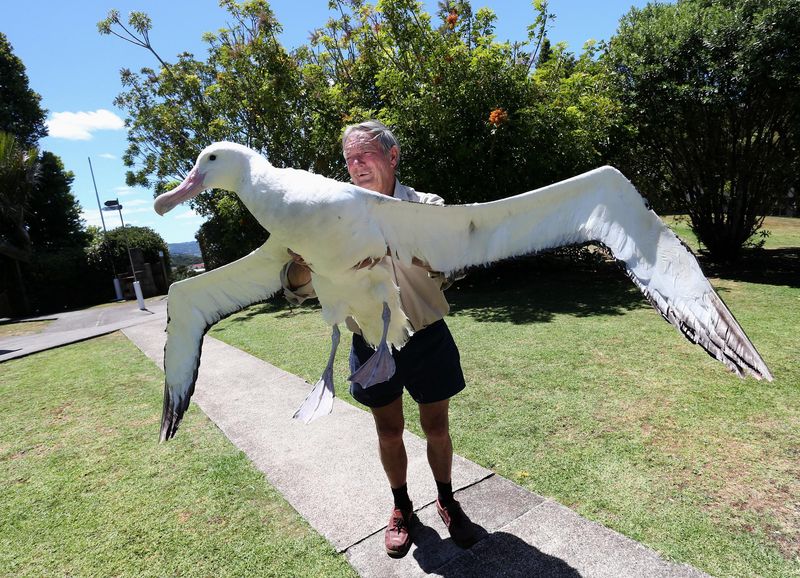
The Royal Albatross is celebrated for its immense wingspan, rivaling that of the Wandering Albatross. Found primarily in the Southern Hemisphere, these birds are masters of long-distance flight, effortlessly gliding over oceanic expanses.
Royal Albatrosses spend much of their lives at sea, only coming ashore to breed. Their nesting sites are located on isolated islands, where they form monogamous pairs that often mate for life. The courtship displays of these birds are elaborate and involve synchronized rituals that strengthen their pair bonds.
Feeding primarily on squid and fish, Royal Albatrosses are skilled hunters, using their keen senses and agile flight to locate prey. Their diet and feeding habits are crucial to their survival, supporting long forays across the ocean.
Conservation challenges for the Royal Albatross include bycatch in fisheries and habitat disturbance. Efforts to protect these birds involve monitoring breeding sites and implementing fishing regulations.
Watching a Royal Albatross glide effortlessly over the waves, its elegant wings slicing through the air, evokes a sense of wonder and admiration for these regal aviators.
10. Mute Swan
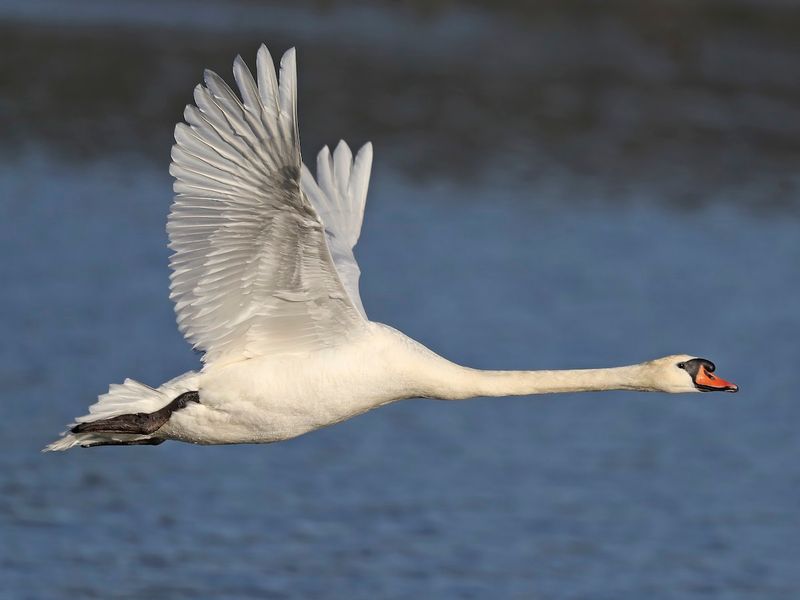
The Mute Swan, while not as large as some of the other birds on this list, is one of the heaviest flying birds. Known for their elegance and beauty, Mute Swans are a common sight across Europe and Asia, inhabiting lakes, rivers, and wetlands.
These swans are easily recognizable by their pure white plumage and distinctive orange bill with a black knob. They are primarily herbivorous, feeding on aquatic plants, though they may also consume small aquatic animals.
During the breeding season, Mute Swans engage in elaborate courtship displays, with pairs forming strong bonds that often last for life.
They build large nests near water, where they defend their territory aggressively against intruders.
Conservation of Mute Swans involves managing their habitat and mitigating human-wildlife conflicts. They are considered a species of least concern, but local populations can be affected by habitat degradation and pollution.
Observing a Mute Swan in flight, its powerful wings beating gracefully, is a reminder of nature’s elegance and the importance of preserving our natural waterways.

